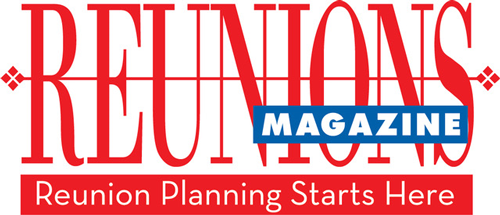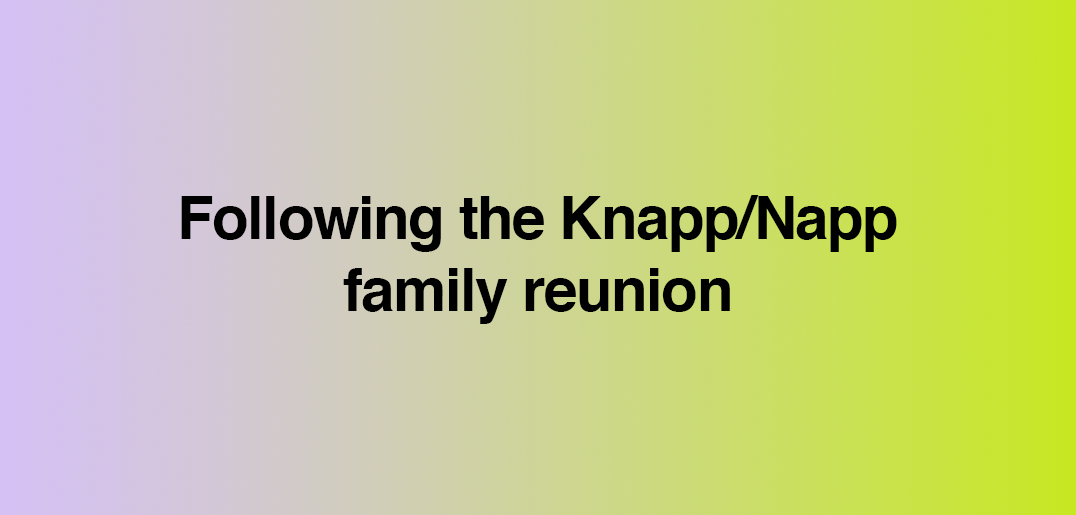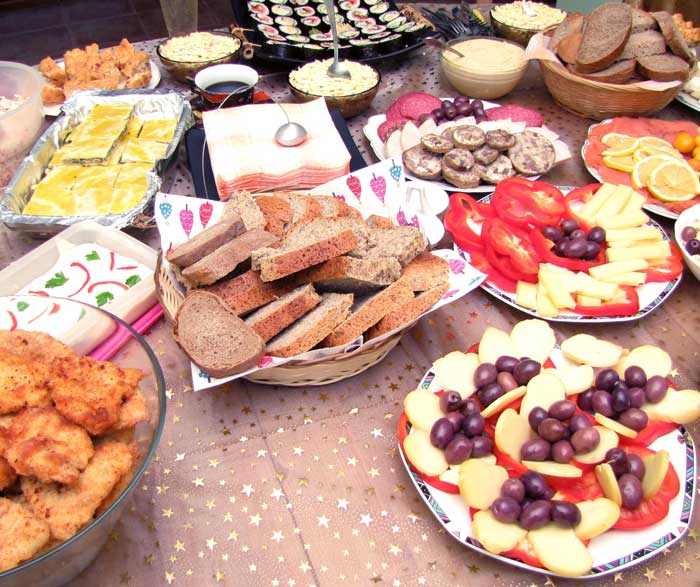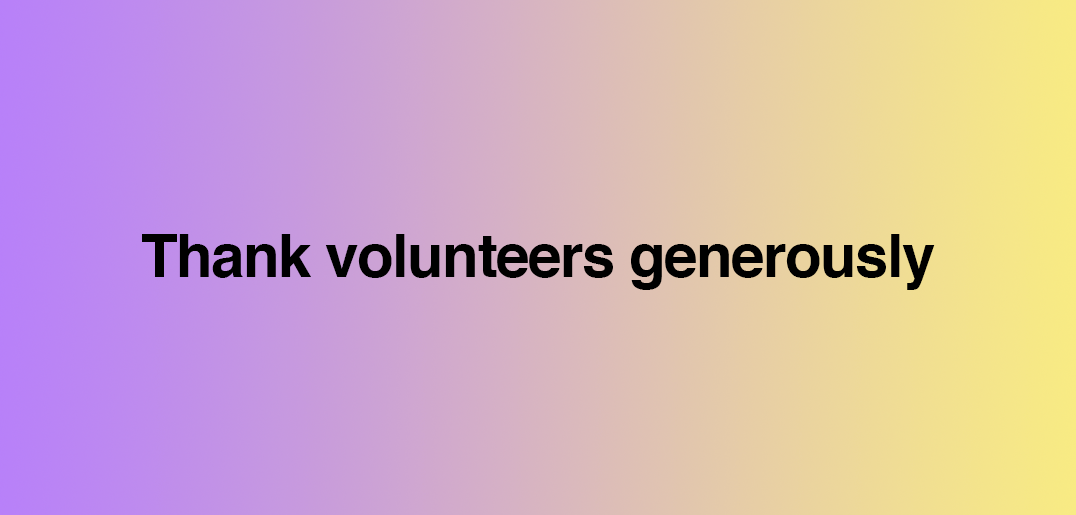by Mary Thiele Fobian
Early in the year 2000, Stephen R. Knapp came across one of my posts on Genforum. A few email exchanges established that we are third cousins once removed and that we both felt a good old-fashioned family get-together was long overdue.
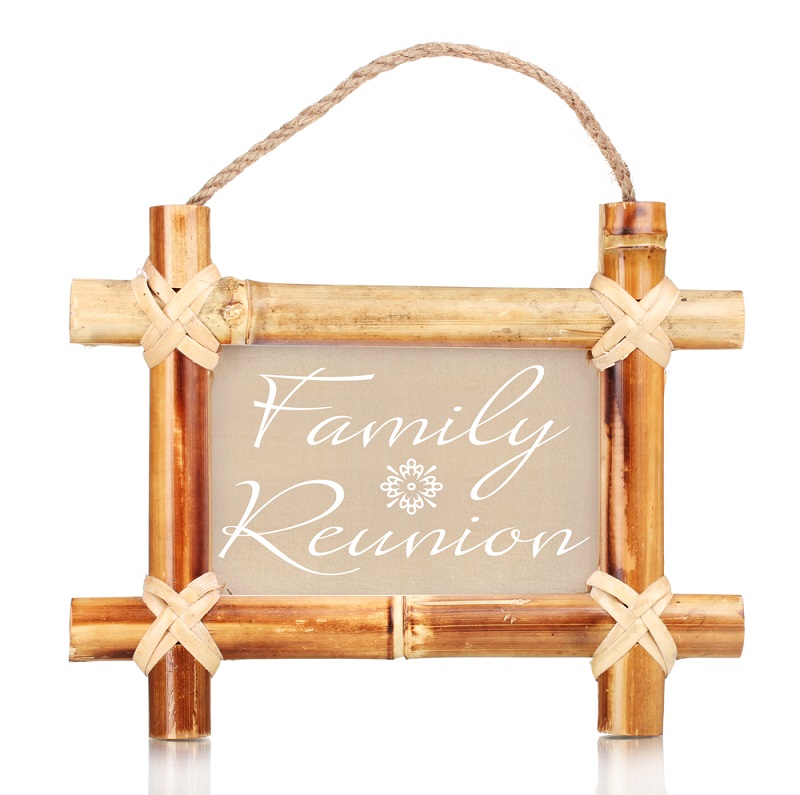
Fortified by our mutual enthusiasm for the undertaking ahead of us, we forged ahead with plans for a Knapp/Napp reunion. The second weekend of August 2001 was selected because it falls near the 180th wedding anniversary of our immigrant ancestors, Conrad and Maria Napp (married on August 9, 1821). The sleepy crossroads of Beetown in Grant County, Wisconsin, was chosen as the reunion site because of its proximity to the farm where the Napps settled when they immigrated in 1846.
The Knapp/Napp Reunion
Our mailing list was built by asking known cousins for addresses of additional family members. The initial mailing (in late January) to 180 households included a form for providing still more family members’ names and addresses, plus a stamped, self-addressed envelope to maximize return. At the same time a news release was sent to newspapers in Grant County. The story was printed in at least two publications. As a result of the mailing, publicity, and word of mouth, the mailing list has grown to 300 households. With only a 28 percent response rate to date, over 100 people have indicated they will attend the reunion.
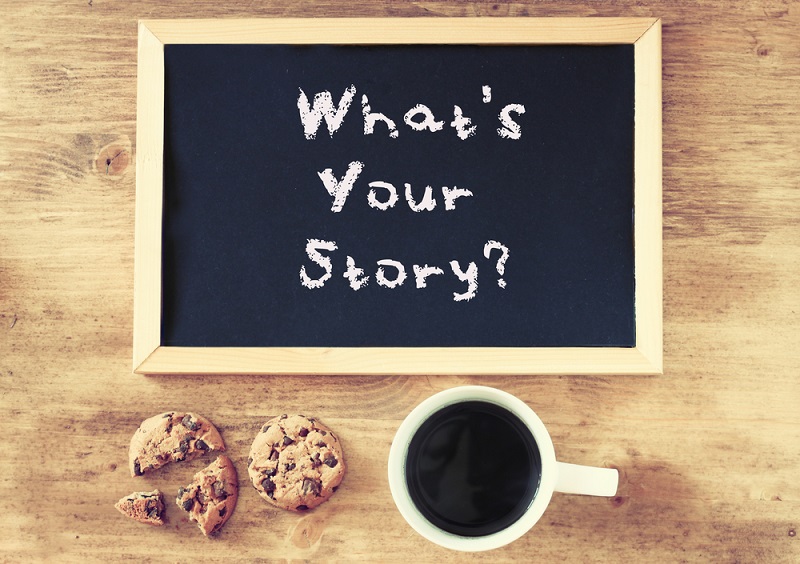
The Knapp/Napp reunion will meld traditional ideas and newfangled notions of what a reunion is all about.
The day of the reunion picnic will begin with a slide show presented by another newly-discovered third cousin, Bruce Johnson, and his daughter, Diane Foster. Bruce and Diane visited the ancestral Napps’ native village of Werlau, Germany, early in the 1990s. Bruce took many photographs of the village and surrounding countryside along the Rhine River. Diane contacted Werner Trunk, who had researched the Napp lineage and turned out to be a fourth cousin.
We’ve gotten information about what life was like when the “old pioneers” settled in the mid-1800s from the Grant County Genealogical Society and other area historical resources. In addition, we are fortunate to have a brief family history, written in 1922, which the family’s first 76 years in the New World. Some of this combined historical information will be read at the picnic to give a sense of the “olden days,” some appears in mailings and all of it will be available at the reunion.
Reunion planners have moved into their bifocal years, so they appreciate the need for BIG nametags written in LARGE letters; they also will include (in smaller print) the wearer’s direct lineage to the original Napp immigrants.
The picnic lunch will be catered to keep things simple for those traveling from afar, but several local cousins will bring potluck salads and desserts – perhaps the most fondly remembered elements of an old-fashioned reunion picnic.
At least one notebook computer will be in use the day of the reunion. Family members all over the country have contributed genealogical information so my Family Tree Maker database now includes approximately 2,000 Knapp/Napp family members. The notebook computer will allow us to do on-the-spot lookups, additions and corrections. We will also use presentation software to project captioned family portraits continuously throughout the reunion picnic. A rented photocopier will allow us to duplicate photos and documents that couldn’t be provided in advance for scanning.
The Grant County Genealogical Society provided data about where Knapp/Napp ancestors are buried. A volunteer will create a map indicating roads and cemetery locations, and copies will be given to those joining an informal caravan of the gravesites on Sunday. Other volunteers will go to the cemeteries early Sunday morning to mark pertinent graves with flags or balloons. Caravan participants will be encouraged to bring cameras, small notebooks and pens, and everything needed to make grave rubbings.
Volunteers will make it hummm
The questionnaires in the first mailing didn’t ask people to lead committees, but only to help with a task. From those who volunteer in each category, it’s relatively easy to find one who’s willing to be a leader. For example, from several who offered advice about lunch arrangements, Beth McCullick soon emerged as a take-charge person willing to present the budget and food preferences to a prospective caterer. From the many who offered to clean up after the reunion, we’ll propose to one or another of them, “Here’s a list of all the people who are willing to help. Would you please make sure we have brooms and garbage bags, and be ready to direct clean-up at the end of the day?”
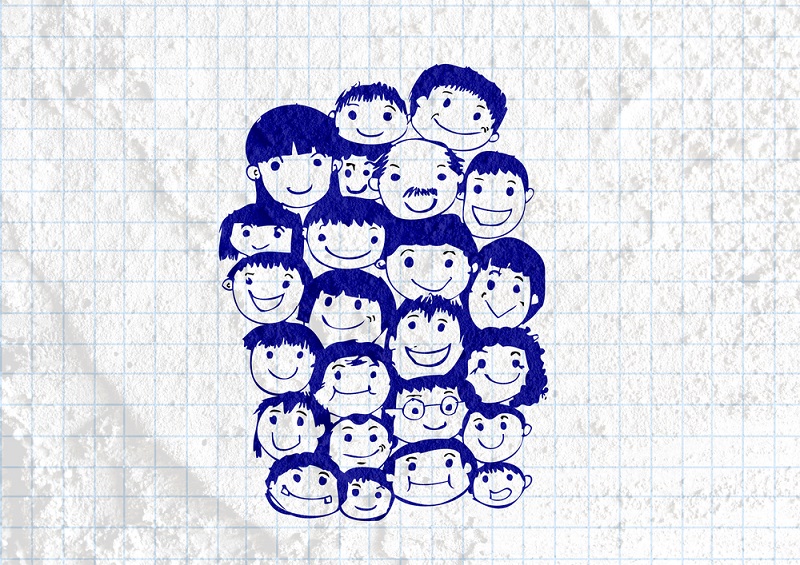
There are lots of limited jobs that require an hour or less of the volunteer, but cumulatively take a tremendous load off the shoulders of the reunion organizers. One volunteer will bring a supply of posterboard, paper and labels, along with a Ziplock bag filled with tape, tacks, glue sticks, pencils, markers and scissors for making last-minute signs, labels, etc. Another volunteer will organize a reunion toolbox with hammer, tacks, duct tape, masking tape, screwdrivers, staple gun, etc. Yet another will organize a supply of Gladware, foil, plastic wrap, freezer paper, waxed paper, and Ziplock bags for handling leftovers. Others will be assigned to bring a first aid kit, extra film, camera batteries, sunscreen, aspirin and acetaminophen.
When we think back on Conrad and Maria Napp’s era, we really appreciate, by contrast, the ease with which we’re able to communicate with one another and accomplish what needs to be done. We know that they would be astonished by the tools — internet bulletin boards, email, computer scanners and database systems — we’ve utilized to organize the reunion. We’re equally certain that it wouldn’t surprise them at all to see their progeny sharing both the work and rewards of creating a reunion where we will celebrate our connection to them and to one another.
About the writer
Mary Thiele Fobian is an “almost-retired” writer/editor who now owns and operates Genealogical & Historical Research in Pacific Grove, California. Contact [email protected]
